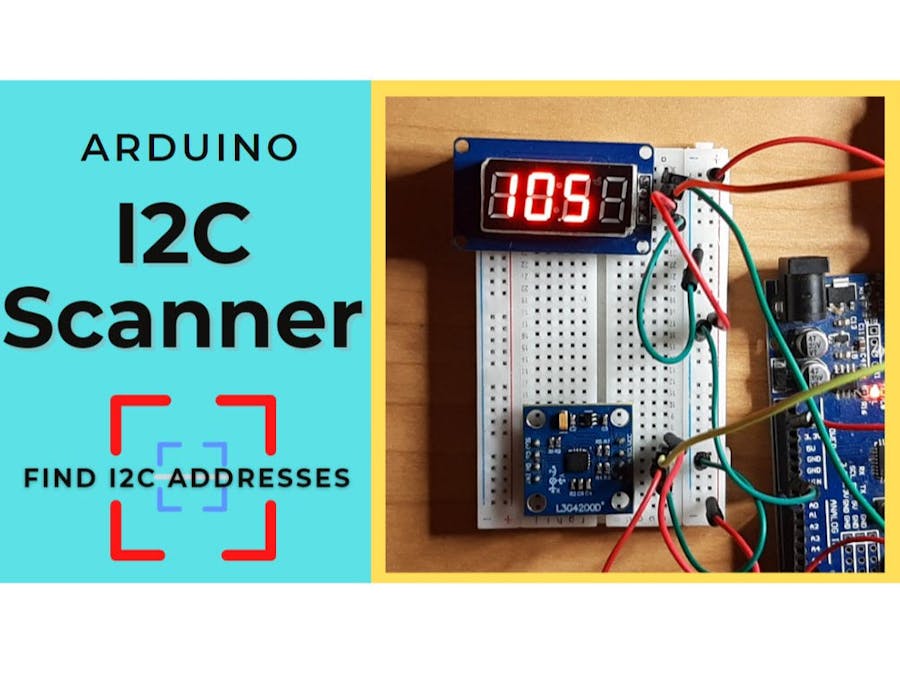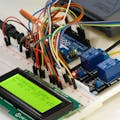- TM1637 LED Display
- Some I2C sensor for testing
- Arduino UNO (or any other Arduino)
- Jumper wires
- Breadboard
- Visuino program: Download Visuino
Thank you PCBWay for supporting this tutorial and helping users learn more about electronics.
What I like about the PCBWay is that you can get 10 boards for approximately $5 which is really cost effective for professional made boards, not to mention how much time you save!
Go check them out here. They also offer a lot of other stuff in case you might need it like assembly,3D printing,CNC machining and a lot more.
Step 3: The Circuit- Connect LED Display pin[CLK] to Arduino digital pin[8]
- Connect LED Display pin[DI0] to Arduino digital pin[9]
- Connect LED Display pin[GND] to Arduino pin[GND]
- Connect LED Display pin[VCC] to Arduino pin[5V
- Connect TEST MODULE/SENSOR pin [SCL] to Arduino pin [SCL]
- Connect TEST MODULE/SENSOR pin [SDA] to Arduino pin [SDA]
- Connect TEST MODULE/SENSOR pin [VCC] to Arduino pin [5v]
- Connect TEST MODULE/SENSOR pin [GND] to Arduino pin [GND]
Note: Make sure to disconnect the power from Arduino, when you replace the I2C MODULE/SENSOR
Step 4: Start Visuino, and Select the Arduino UNO Board TypeStart Visuino as shown in the first picture Click on the "Tools" button on the Arduino component (Picture 1) in Visuino When the dialog appears, select "Arduino UNO" as shown on Picture 2
Step 5: In Visuino Add & Set Components- Add "TM1637" Component
- Add "Clock Generator" Component
- Double click on "Display1" and in the "Elements" window drag "Text Display 7 Segments" to the left
- Close the "Elements" window
- Select Arduino board and in the Properties window expand I2C Channels > I2C > Elements
- Click on the "Elements" 3 dots button, a window "Elements" will open
- In the "Elements" window drag "I2C Scan" to the left
- Close the "Elements" window
- Connect Arduino > "I2C Scan1" pin [Address] to "Display1" > "Text Display 7 Segments1" pin [In]
- Connect "Display1" pin [Clock] to Arduino Digital pin [8]
- Connect "Display1" pin [Clock] to Arduino Digital pin [8]
- Connect "ClockGenerator1" pin [Out] to Arduino > "I2C Scan1" pin [Scan]
In Visuino, at the bottom click on the "Build" Tab, make sure the correct port is selected, then click on the "Compile/Build and Upload" button.
Step 8: PlayIf you power the Arduino module, The LED Display will show the I2C address of the connected sensor or module.
Congratulations! You have completed your project with Visuino. Also attached is the Visuino project, that I created for this tutorial, you can download it and open it in Visuino: https://www.visuino.eu




_ztBMuBhMHo.jpg?auto=compress%2Cformat&w=48&h=48&fit=fill&bg=ffffff)












Comments
Please log in or sign up to comment.